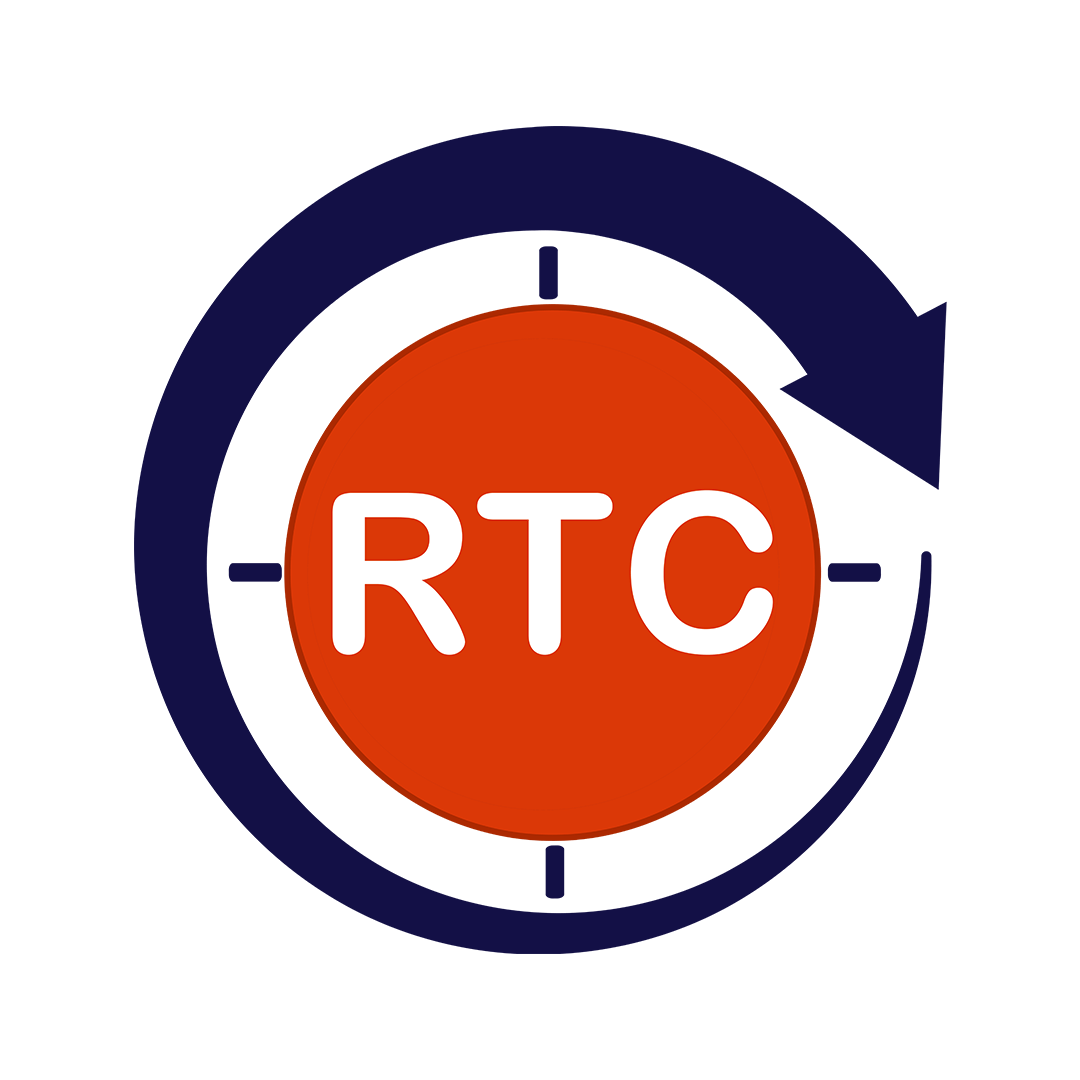The modern data stack has emerged as the solution for organizations drowning in fragmented, siloed, and slow-moving data. In the past, traditional architectures often required heavy engineering effort, lacked agility, and struggled with scaling. Now, businesses demand real-time analytics, self-service capabilities, and a flexible infrastructure that adapts quickly to new needs.
By leveraging cloud-native tools, modular architectures, and automation, the modern data stack delivers faster insights, reduces operational overhead, and supports compliance at scale. Whether in e-commerce, healthcare, fintech, or manufacturing, building it right ensures that data drives action—not frustration.
Table of Contents
ToggleCore Components of the Modern Data Stack
At its core, the modern data stack is an ecosystem of seamlessly integrated, cloud-optimized tools designed to manage the entire data lifecycle—from ingestion and storage to transformation, analysis, and actionable insights.
Each layer of the stack plays a distinct role, and selecting the right tool for each is crucial.
Data Ingestion & Integration: Tools like Fivetran, Airbyte, or Kafka automate the process of pulling data from CRMs, ERPs, APIs, and IoT devices. This ensures data lands in your storage layer consistently and accurately.
Storage & Compute: Cloud warehouses such as Snowflake, BigQuery, and Redshift store massive datasets and provide scalable computing power so you pay only for what you use.
Transformation & Modeling: Platforms like dbt enable analysts and engineers to clean, structure, and model data with version control, ensuring transparency and reproducibility.
Orchestration: Tools like Apache Airflow and Prefect schedule and monitor workflows so pipelines run reliably without manual intervention.
Analytics & BI: Solutions like Tableau, Looker, and Power BI help business users visualize trends, KPIs, and operational metrics in real time.
Governance & Security: Data catalogs, access controls, and lineage tools (e.g., Collibra, Alation) ensure compliance with regulations like GDPR and HIPAA.
A well-assembled modern data stack integrates these components seamlessly, avoiding bottlenecks and enabling speed to insight.
Strategic Advantages of a Modern Data Stack in 2025
The modern data stack is no longer just about speed and scalability—it’s about unlocking clear, measurable business impact. Here are the strategic advantages driving its relevance in 2025:
Scalability Without Complexity: Cloud-native designs grow with your business without costly infrastructure upgrades. You can handle terabytes today and petabytes tomorrow.
Developer & Analyst Velocity: Modular, low-code tools mean more team members—from engineers to analysts—can contribute to data projects without deep coding expertise.
Real-Time Analytics: Streaming and low-latency pipelines turn raw data into dashboards in minutes, empowering quick decision-making.
Governance & Compliance: Built-in data lineage and auditing capabilities simplify regulatory reporting and reduce compliance risk.
Cost Efficiency: Elastic compute ensures you only pay for the storage and processing you need, avoiding over-provisioning.
In 2025, agility is as critical as accuracy. A modern data stack delivers both.
Steps to Building the Modern Data Stack
Success comes from a structured, step-by-step approach that blends innovation with operational stability. Here are the key steps to building the modern data stack:
Step 1: Assess Current State
Identify pain points are your teams struggling with slow reporting? Is data duplicated across systems? Is compliance a challenge?
Step 2: Define Requirements & Goals
Set measurable objectives: faster dashboards, lower costs, reduced manual data prep, or improved governance.
Step 3: Select the Right Tools
Choose components based on maturity, scalability, integration ease, and team skills. Avoid overcomplicating the stack with too many niche tools.
Step 4: Build a Minimum Viable Product (MVP)
Deploy a small-scale pipeline—ingestion → storage → transformation → BI—and test with real business queries.
Step 5: Automate & Orchestrate
Integrate CI/CD pipelines, infrastructure-as-code, and workflow orchestration to reduce manual effort and human error.
Step 6: Monitor & Optimize
Track performance, costs, and usage. Regularly refine transformations, indexing, and access policies for efficiency.
Step 7: Implement Governance Early
Use role-based access, encryption, and lineage tools to secure sensitive data and comply with industry standards.
Best Practices and Common Pitfalls
Even the best technology can fail without good habits and even the simplest setup can succeed with the right approach.
Best Practices
Keep the stack modular and vendor-agnostic where possible.
Train teams to use tools effectively, promoting a culture of data literacy.
Monitor cloud costs closely—optimize queries and storage.
Automate testing for pipelines and transformations.
Pitfalls to Avoid
Tool Overload: More tools can mean more integration headaches.
Neglecting Governance: Security should not be an afterthought.
Ignoring Change Management: New stacks require cultural and process shifts, not just tech upgrades.
How Round The Clock Technologies Helps Deliver the Modern Data Stack
Round The Clock Technologies (RTCTek) specializes in building and managing modern data stacks tailored to each client’s needs. Their services cover the entire lifecycle:
End-to-End Expertise: From ingestion and integration to advanced analytics, it delivers fully integrated solutions.
Cutting-Edge Tools: RTCTek engineers work with industry leaders like Apache Spark, Kafka, Airflow, Snowflake, and Power BI to build high-performance systems.
Scalable & Secure Architectures: Every stack is designed with future growth, compliance, and resilience in mind.
Agile Collaboration: RTCTek works closely with client teams to ensure solutions align with business goals and are delivered on time.
With RTCTek as your partner, you don’t just adopt a modern data stack you ensure it drives lasting business success.

